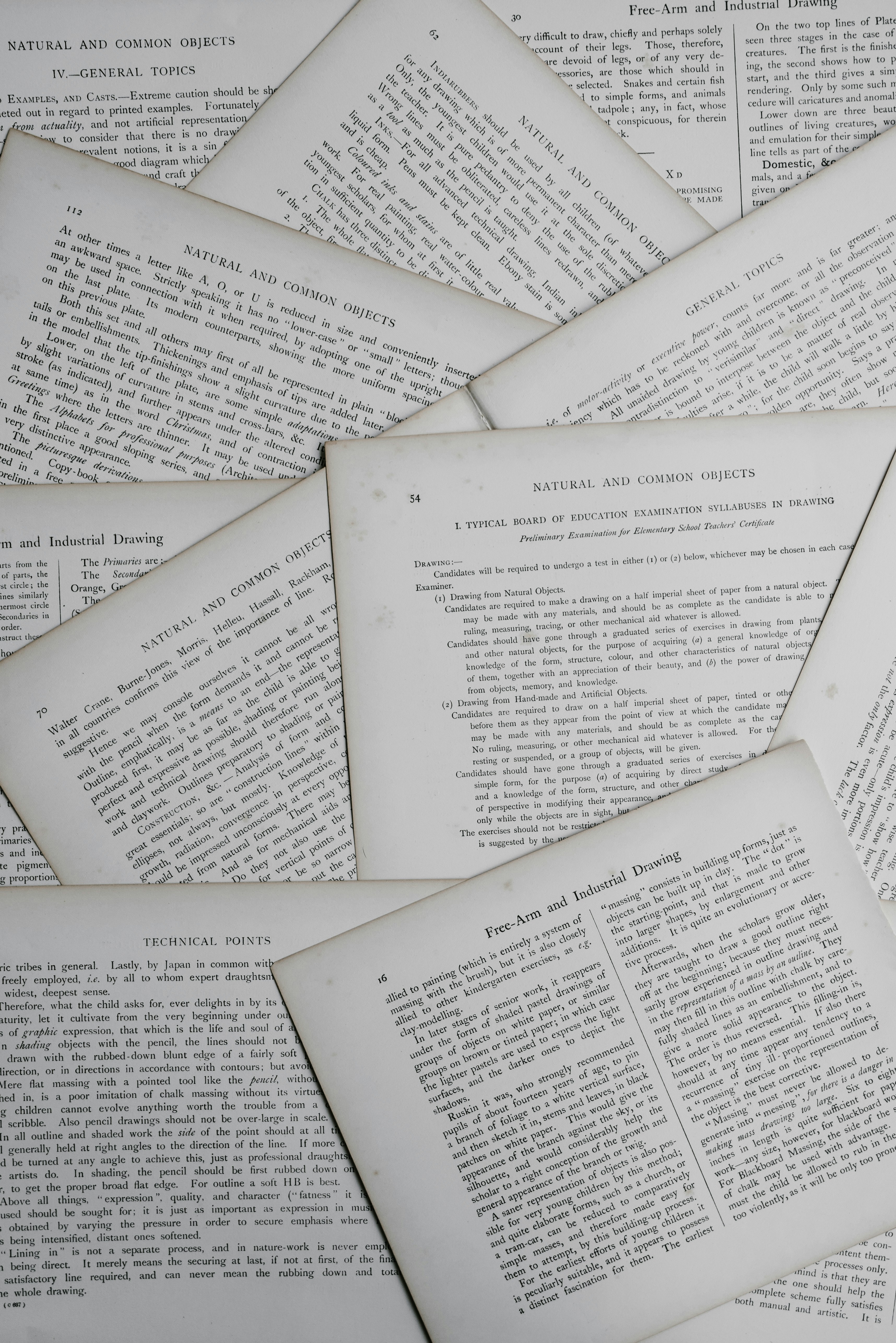The Best Cover Letter Tips for German Employers
The Best Cover Letter Tips for German Employers
Published on
Aug 31, 2024
8 minutes
-
min read
The Best Cover Letter Tips for German Employers
The Best Cover Letter Tips for German Employers
The Best Cover Letter Tips for German Employers
The Best Cover Letter Tips for German Employers
To help you craft a compelling cover letter tailored to German employers, here are essential tips and best practices.
To help you craft a compelling cover letter tailored to German employers, here are essential tips and best practices.
To help you craft a compelling cover letter tailored to German employers, here are essential tips and best practices.
To help you craft a compelling cover letter tailored to German employers, here are essential tips and best practices.




A cover letter (“Anschreiben”) is a crucial component of job applications in Germany. While your CV provides an overview of your qualifications, the cover letter gives you an opportunity to highlight your motivation and demonstrate why you are the best candidate for the job. German employers value a concise, tailored, and professional approach. This guide provides actionable tips to craft a compelling cover letter that stands out.
1. Understand the Purpose of a Cover Letter
A German-style cover letter is meant to:
Explain your motivation for applying.
Highlight your most relevant skills and achievements.
Show your understanding of the company and the role.
Demonstrate your enthusiasm and cultural fit.

2. Format and Structure
Key Formatting Guidelines:
Length: One page (A4 size).
Font: Use a professional font like Arial or Times New Roman, size 11-12.
Margins: Maintain standard margins (2-3 cm).
Alignment: Left-aligned text is preferred.
Structure of a German Cover Letter:
Header: Include your contact details and the company’s address.
Subject Line (Betreff):
Opening Paragraph:
Body Paragraphs:
Closing Paragraph:
Signature:
3. Tailor Your Cover Letter to Each Role
Generic cover letters are less effective. Personalize your letter by:
Mentioning the company’s name and specific details about the role.
Explaining how your skills align with the job requirements.
Highlighting why you want to work for that specific company.

A cover letter (“Anschreiben”) is a crucial component of job applications in Germany. While your CV provides an overview of your qualifications, the cover letter gives you an opportunity to highlight your motivation and demonstrate why you are the best candidate for the job. German employers value a concise, tailored, and professional approach. This guide provides actionable tips to craft a compelling cover letter that stands out.
1. Understand the Purpose of a Cover Letter
A German-style cover letter is meant to:
Explain your motivation for applying.
Highlight your most relevant skills and achievements.
Show your understanding of the company and the role.
Demonstrate your enthusiasm and cultural fit.

2. Format and Structure
Key Formatting Guidelines:
Length: One page (A4 size).
Font: Use a professional font like Arial or Times New Roman, size 11-12.
Margins: Maintain standard margins (2-3 cm).
Alignment: Left-aligned text is preferred.
Structure of a German Cover Letter:
Header: Include your contact details and the company’s address.
Subject Line (Betreff):
Opening Paragraph:
Body Paragraphs:
Closing Paragraph:
Signature:
3. Tailor Your Cover Letter to Each Role
Generic cover letters are less effective. Personalize your letter by:
Mentioning the company’s name and specific details about the role.
Explaining how your skills align with the job requirements.
Highlighting why you want to work for that specific company.

A cover letter (“Anschreiben”) is a crucial component of job applications in Germany. While your CV provides an overview of your qualifications, the cover letter gives you an opportunity to highlight your motivation and demonstrate why you are the best candidate for the job. German employers value a concise, tailored, and professional approach. This guide provides actionable tips to craft a compelling cover letter that stands out.
1. Understand the Purpose of a Cover Letter
A German-style cover letter is meant to:
Explain your motivation for applying.
Highlight your most relevant skills and achievements.
Show your understanding of the company and the role.
Demonstrate your enthusiasm and cultural fit.

2. Format and Structure
Key Formatting Guidelines:
Length: One page (A4 size).
Font: Use a professional font like Arial or Times New Roman, size 11-12.
Margins: Maintain standard margins (2-3 cm).
Alignment: Left-aligned text is preferred.
Structure of a German Cover Letter:
Header: Include your contact details and the company’s address.
Subject Line (Betreff):
Opening Paragraph:
Body Paragraphs:
Closing Paragraph:
Signature:
3. Tailor Your Cover Letter to Each Role
Generic cover letters are less effective. Personalize your letter by:
Mentioning the company’s name and specific details about the role.
Explaining how your skills align with the job requirements.
Highlighting why you want to work for that specific company.

A cover letter (“Anschreiben”) is a crucial component of job applications in Germany. While your CV provides an overview of your qualifications, the cover letter gives you an opportunity to highlight your motivation and demonstrate why you are the best candidate for the job. German employers value a concise, tailored, and professional approach. This guide provides actionable tips to craft a compelling cover letter that stands out.
1. Understand the Purpose of a Cover Letter
A German-style cover letter is meant to:
Explain your motivation for applying.
Highlight your most relevant skills and achievements.
Show your understanding of the company and the role.
Demonstrate your enthusiasm and cultural fit.

2. Format and Structure
Key Formatting Guidelines:
Length: One page (A4 size).
Font: Use a professional font like Arial or Times New Roman, size 11-12.
Margins: Maintain standard margins (2-3 cm).
Alignment: Left-aligned text is preferred.
Structure of a German Cover Letter:
Header: Include your contact details and the company’s address.
Subject Line (Betreff):
Opening Paragraph:
Body Paragraphs:
Closing Paragraph:
Signature:
3. Tailor Your Cover Letter to Each Role
Generic cover letters are less effective. Personalize your letter by:
Mentioning the company’s name and specific details about the role.
Explaining how your skills align with the job requirements.
Highlighting why you want to work for that specific company.

Connect with Your Future!
By joining these groups, you'll have the chance to connect with peers, find support, and get real-time updates on everything you need for a successful start in Germany.
Join the Community
Products & Services
Bundles(44% off)
Connect with Your Future!
By joining these groups, you'll have the chance to connect with peers, find support, and get real-time updates on everything you need for a successful start in Germany.
Join the Community
Products & Services
Bundles(44% off)